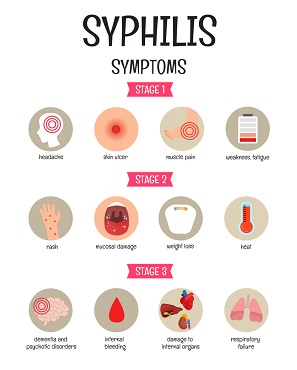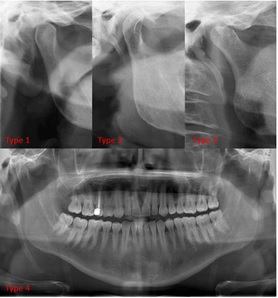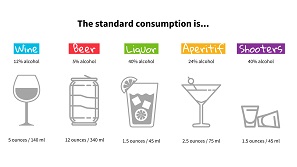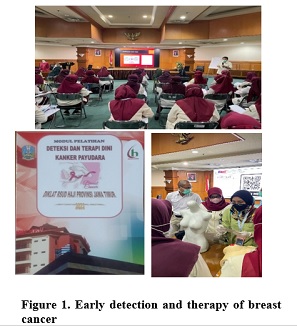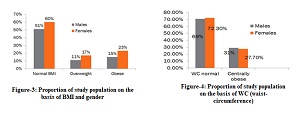The Relationship Between Exclusive Breastfeeding History to Stunting Incidence in Children Aged 6-24 Months in The Working Area of The Gunung Anyar Community Health Center, Surabaya, Indonesia

Downloads
Stunting is a linear growth disorder caused by malnutrition from chronic nutrient intake or recurrent chronic infectious diseases, shown by the standard deviation value (SD) unit z (Z-Score) height according to age: < -2 SD ≥ -3 SD. A quantitative cross-sectional design was used for this study. All mothers who visited posyandu in the vicinity of the Gunung Anyar Health Centre, Surabaya, Indonesia with infants aged 6 to 24 months comprised the study sample. Non-probability sampling was done using sequential sampling as the sampling technique. Cut-off points for univariate data analysis were used. Stunting and exclusive breastfeeding had an association with p=0.000. Stunting was significantly affected by exclusive breastfeeding. According to these findings, there was a lower incidence of stunting in children who were exclusively breastfed (2.0%) than in children who were not exclusively breastfed (30.6%). Babies who were not stunted are more prevalent (53.1%) than babies who were stunted (14.3%) for exclusive breastfeeding in the good category. In conclusion, exclusively breastfed children aged 6 to 24 months in Gunung Anyar Health Center scored well in good category. Exclusive breasfeeding has a significant impact on the incidence of stunting.
Copyright (c) 2023 latiful elisia

This work is licensed under a Creative Commons Attribution-ShareAlike 4.0 International License.
- The journal allows the author to hold the copyright of the article without restrictions.
- The journal allows the author(s) to retain publishing rights without restrictions.
- The legal formal aspect of journal publication accessibility refers to Creative Commons Attribution Share-Alike (CC BY-SA).
- The Creative Commons Attribution Share-Alike (CC BY-SA) license allows re-distribution and re-use of a licensed work on the conditions that the creator is appropriately credited and that any derivative work is made available under "the same, similar or a compatible license”. Other than the conditions mentioned above, the editorial board is not responsible for copyright violation.





















